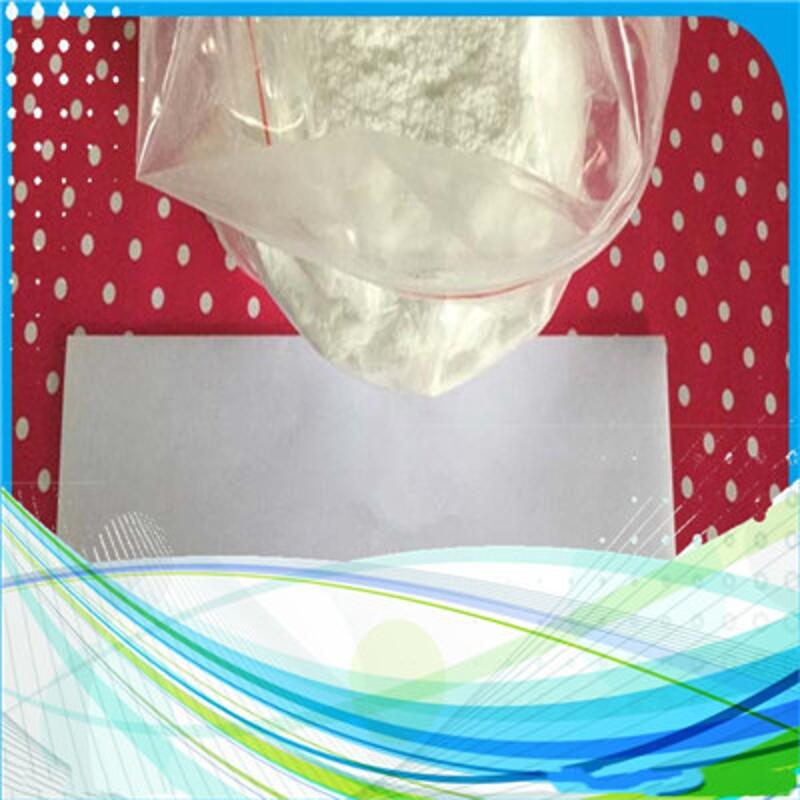-
Categories
-
Pharmaceutical Intermediates
-
Active Pharmaceutical Ingredients
-
Food Additives
- Industrial Coatings
- Agrochemicals
- Dyes and Pigments
- Surfactant
- Flavors and Fragrances
- Chemical Reagents
- Catalyst and Auxiliary
- Natural Products
- Inorganic Chemistry
-
Organic Chemistry
-
Biochemical Engineering
- Analytical Chemistry
-
Cosmetic Ingredient
- Water Treatment Chemical
-
Pharmaceutical Intermediates
Promotion
ECHEMI Mall
Wholesale
Weekly Price
Exhibition
News
-
Trade Service
Recently, the team of Yan Heng, a researcher in the Natural Products and Sugar Engineering Research Group of dalian Institute of Chemical Physics of the Chinese Academy of Sciences, and Li Guohui, a researcher in the Molecular Simulation and Design Research Group of the National Key Laboratory of Molecular Reaction Dynamics, made new progress in the interaction mechanism between polysaccharide monooxygenase (LPMO) and insoluble cellulose substrates.
the study revealed the pattern of interaction between LPMO and cellulose substrates and identified the key amino acids that determine the process, thus explaining LPMO's substrate preference and regional selectivity.
between enzymes and substrates is an important basis for revealing the catalytic agent of enzymes to guide enzyme engineering transformation.
, however, the insoluble substrates of some enzymes greatly limit the application of traditional methods of studying the interaction between enzymes and substrates, such as X-ray crystal diffraction and nuclear magnetic resonance.
example is cellulose oxidation cracking mediated by LPMO.
LPMO is a large group of metal enzymes found in recent years that can destroy insoluble polysaccharide crystalline regions such as cellulose by oxidation, which can provide more dosing points for cellulose hydrolysis enzymes, thereby improving cellulose degradation efficiency.
carried out the exploration and activity research work of LPMO, and co-built the photoelectrelectrogenic drive-LPMO enzyme catalysis system (appl. Catal. B: Environ. , 2020, 265: 558; int. J. Biol. Macromol., 2019, 139: 570; int. J. Biol. Macromol., 2015, 79: 72).
little is known about the mechanism by which LPMO interacts with cellulose substrates.
In response to this problem, the team pioneered the interaction pattern between AA9 family LPMO and cellulose derived from the thermophilus by calculating the strategy of combining chemistry with biochemistry, and found that the enzyme could be stabilized on the hydrophobic surface of the insoluble polysaccharide substrate by acting simultaneously on two adjacent polysaccharide chains, and suggested that the regional selectivity of LPMO was related to the binding location of its substrate.
addition, the team built a model of the relationship between the accumulation of hydrogen peroxide and substrate binding during this enzymatic reaction, which proves that the oxidation process of LPMO catalyzing insoluble polysaccharides is mainly driven by hydrogen peroxide.
these findings have deepened people's understanding of the mechanism of interoperability between LPMO and cellulose substrates, and provided theoretical support for the subsequent enzyme engineering transformation and the effective use of polysaccharide resources such as cellulose.
results were published in The Journal of Physical Chemistry Letters.
this work has been funded by the National Natural Science Foundation of China, the Chinese Academy of Sciences Youth Innovation Promotion Association project, Liaoning Province, "Xing Liao Talent" project and Dalian Chemical Institute Research and Innovation Fund project.
()







